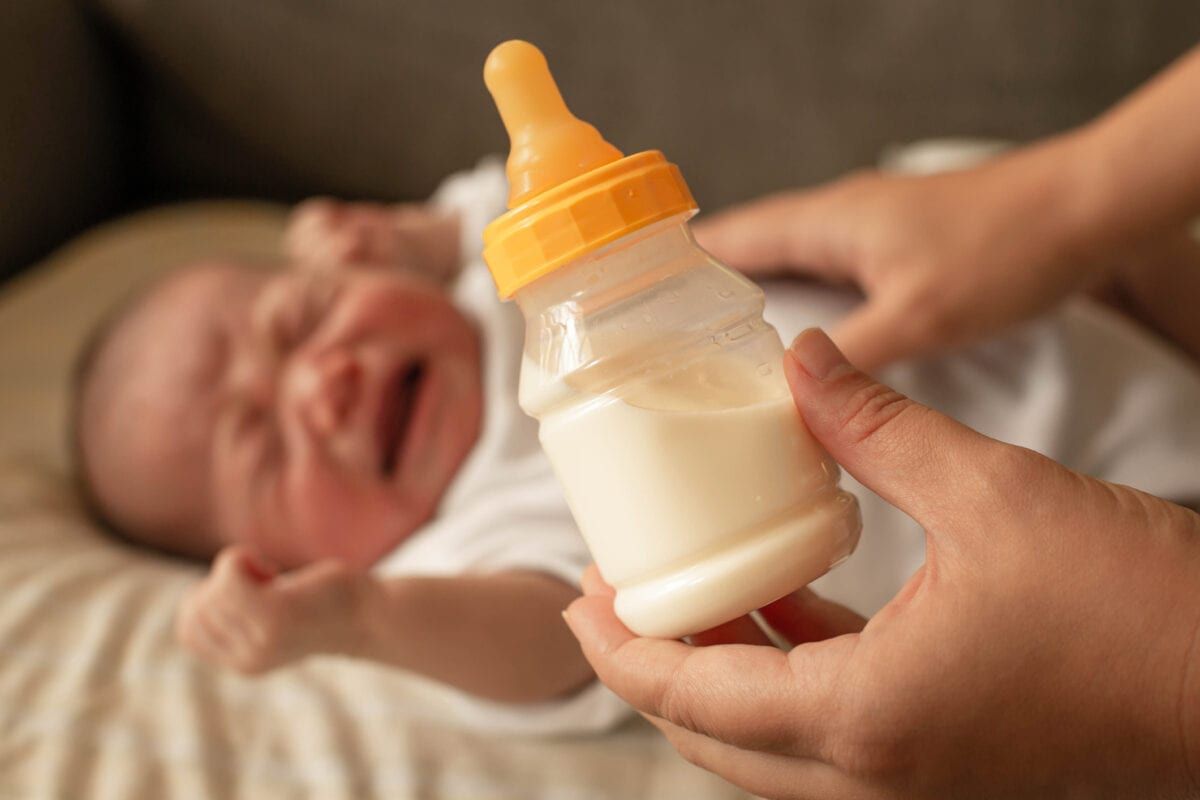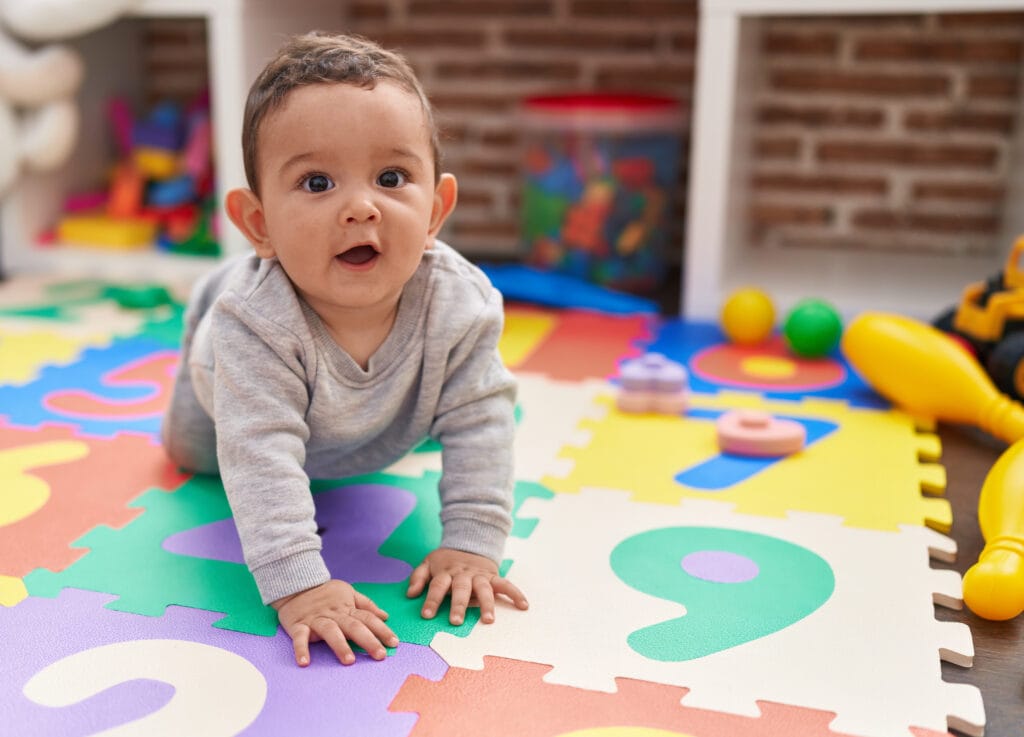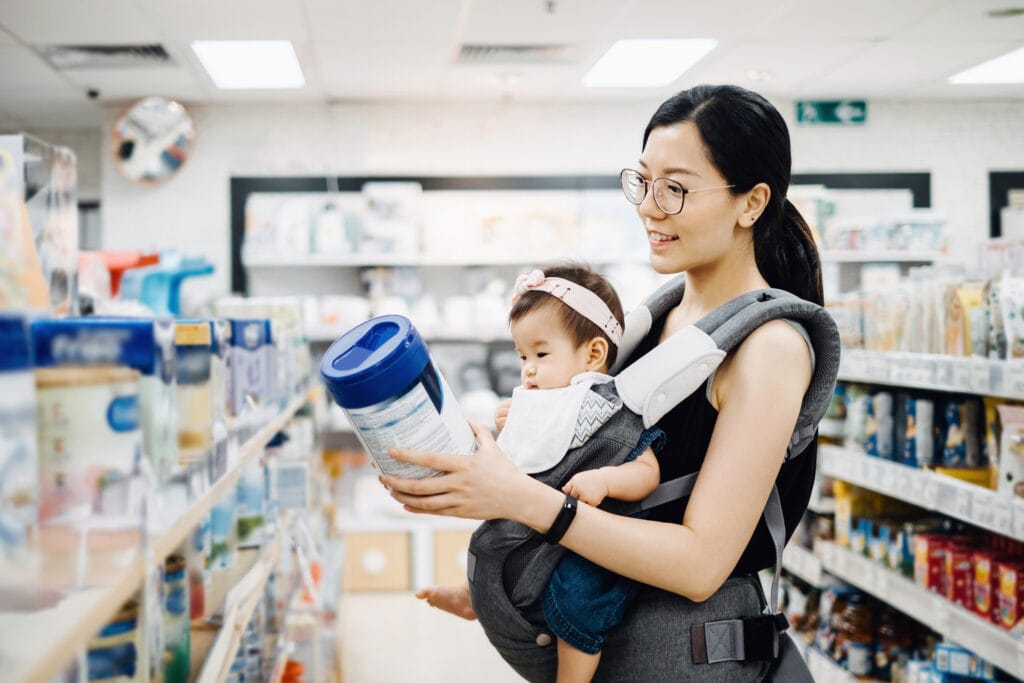A shocking discovery has scientists, doctors, and parents buzzing with intrigue…

It’s like a superhero in the making, armed and ready to fight off evil invaders… bacteria, viruses, and other harmful pathogens.
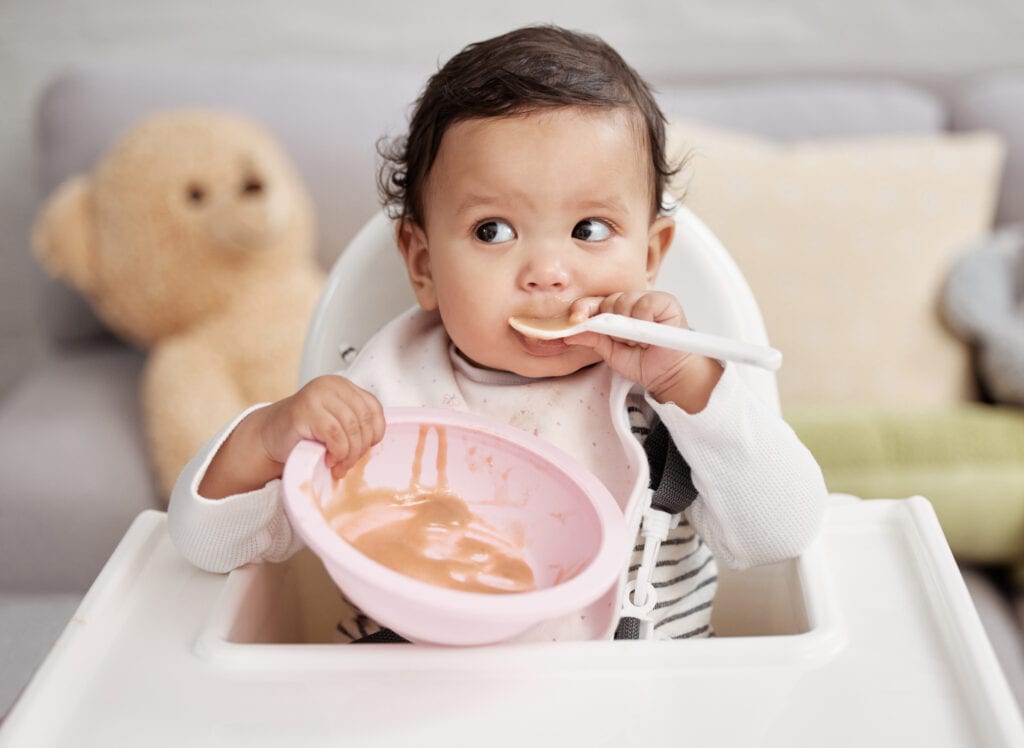
From the moment they take their first breath, babies begin an incredible journey of developing their immune system, a protective shield that will guard them throughout their life.

Just imagine this: a newborn baby enters the world with an immune system that has never encountered any germs before.

It is a clean slate, fresh and untouched.

The immune system of a baby is akin to an eager student, ready to learn about the world of germs and how to defend against them.

This learning process begins right from birth as babies are exposed to numerous bacteria and viruses in their environment.

However, while a baby’s immune system is building up its defenses during the first year, it is not as strong as that of an adult.

This doesn’t mean they are defenseless, though. Quite the opposite.
Their immune system gets stronger over time

Babies have an extraordinary capacity to respond to millions of different microbes over time.

Their immune system is constantly adapting and evolving, learning from each encounter with germs and becoming stronger and more sophisticated with each passing day.
However, two babies, one from Missouri, Mira White, and an unidentified toddler from Kentucky, were confirmed to be infected with a dangerous bacteria this year.
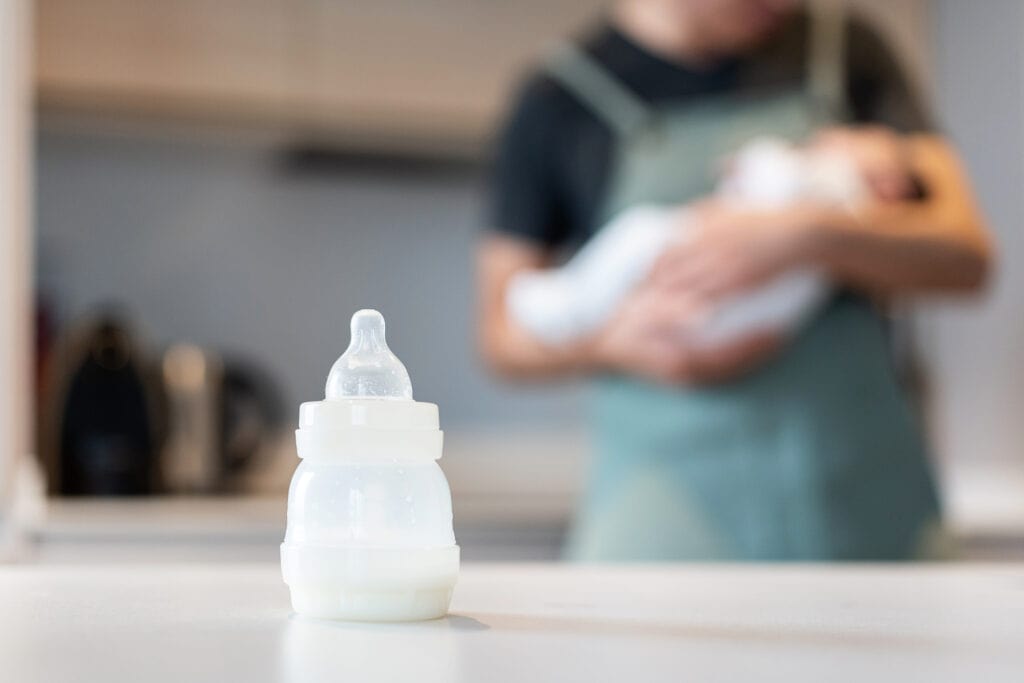
The shocking part? This bacteria is sometimes found lurking in a place we would least expect: powdered infant formula!
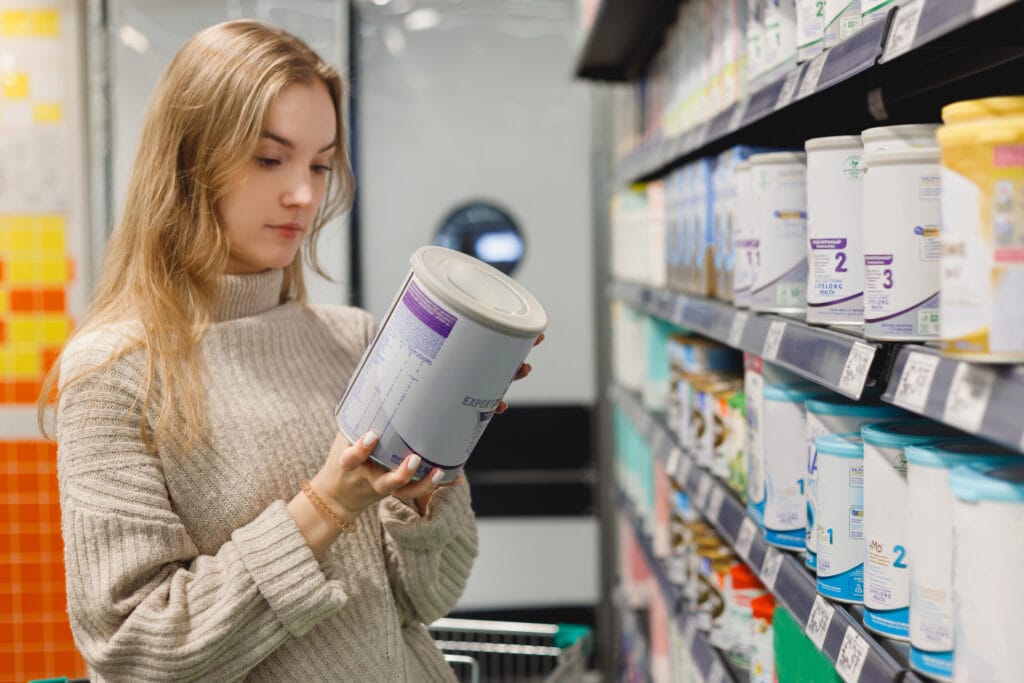

These little warriors are battling an unseen enemy that has managed to infiltrate their tiny bodies.
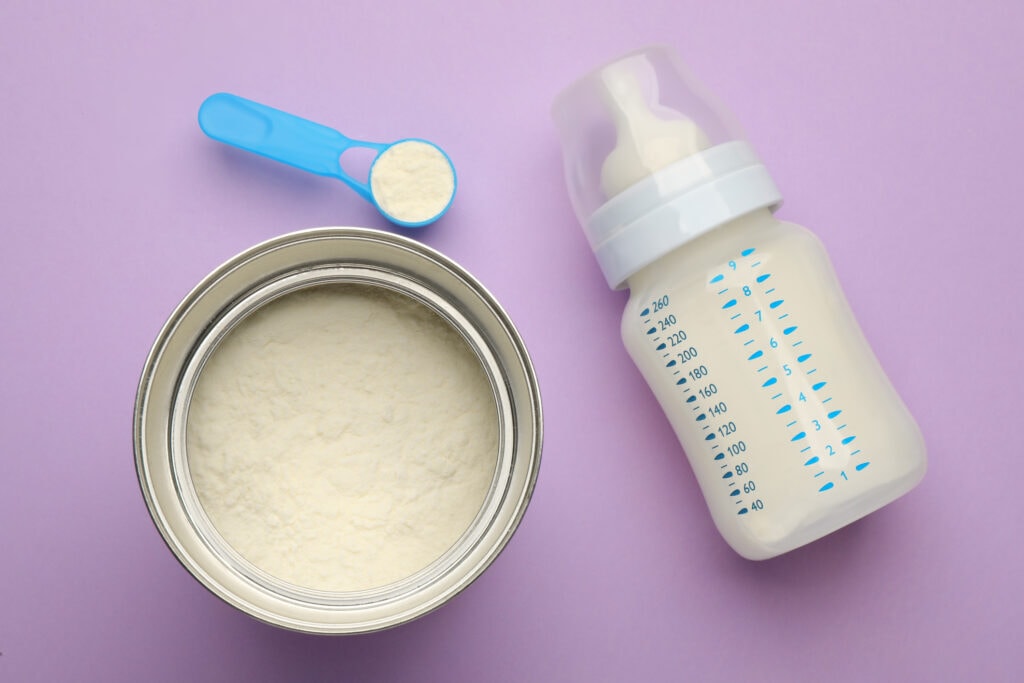
It’s a crusade of microscopic proportions, but the implications are huge.
The importance of knowing what’s in the formula
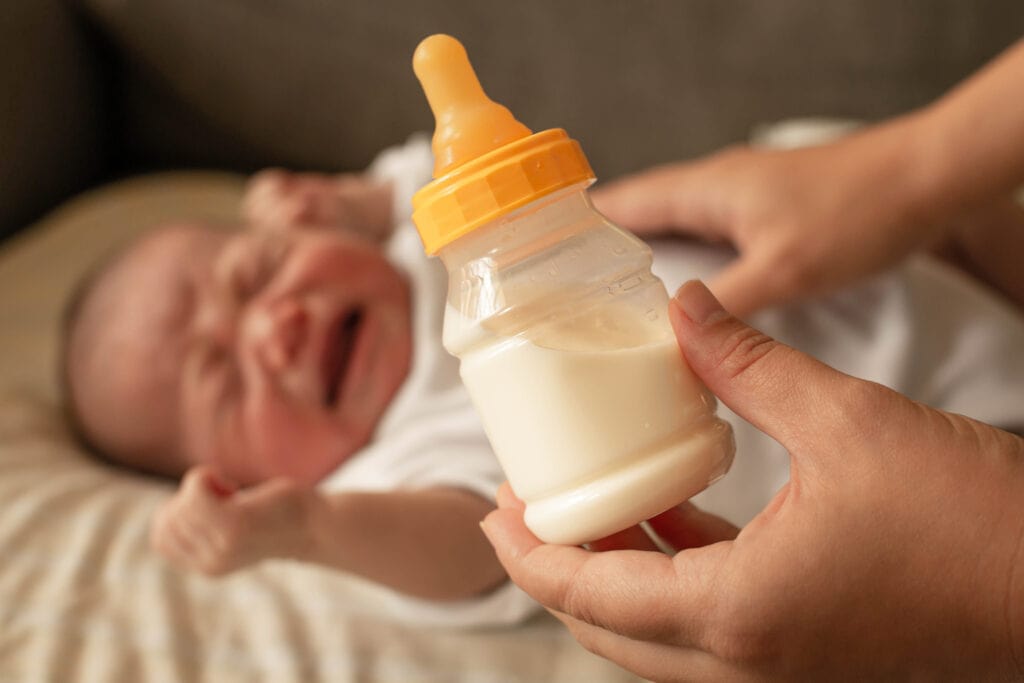
This is not just about the two babies; it’s about understanding the safety of our infant formula, our baby’s first line of defense against hunger and malnutrition.
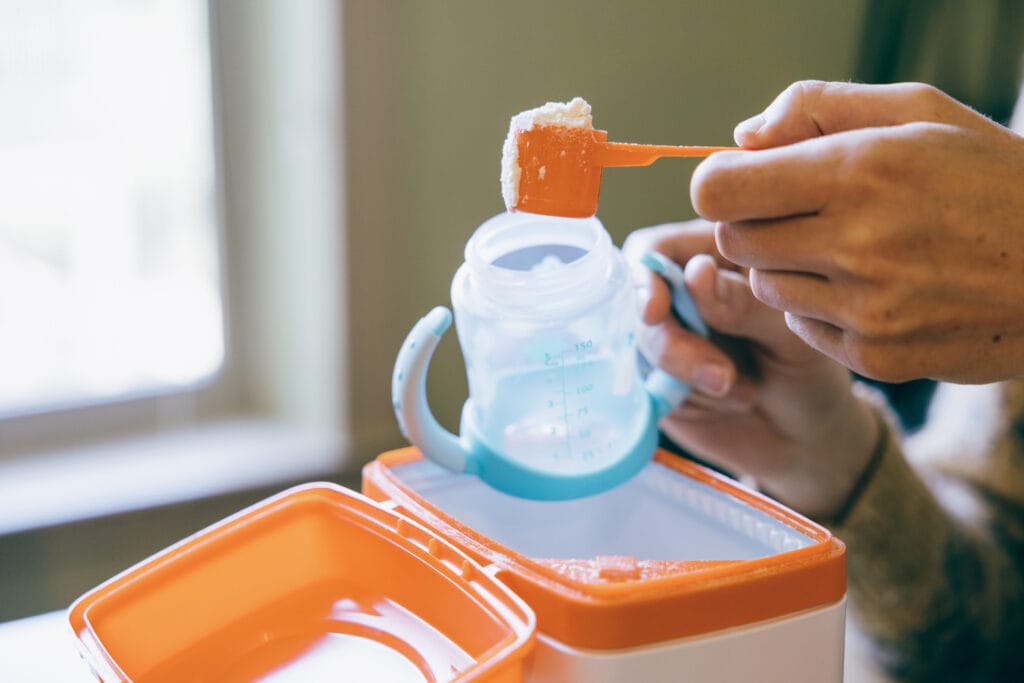
The bacteria, according to ABC News, is invisible to the naked eye but deadly in its impact.
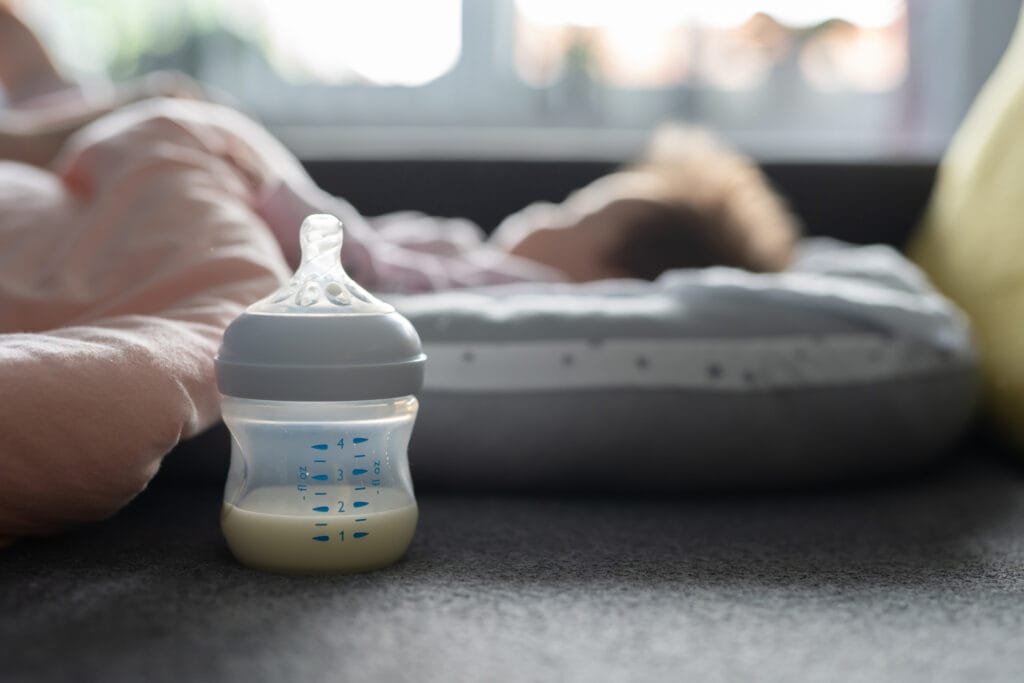
It is a common inhabitant of our environment.

It’s found in dust and soil; it even lives harmlessly on our skin.
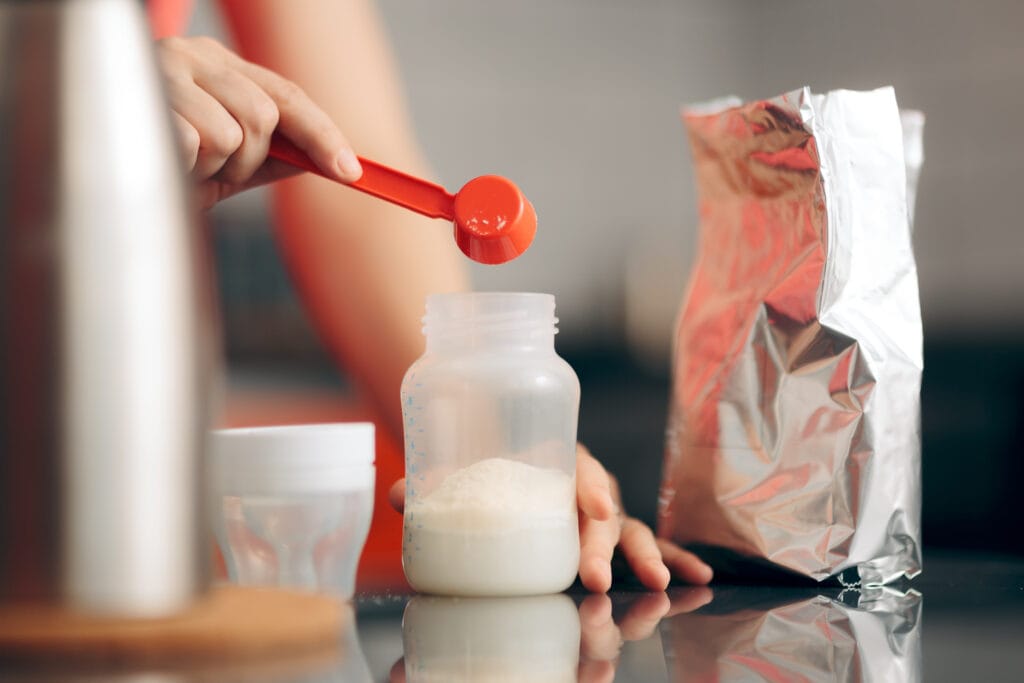
But here’s where it gets interesting! Like an undercover agent, this bacteria has found a new hideout – powdered infant formula.

The very formula that is designed to nourish and sustain life can sometimes harbor this silent invader.
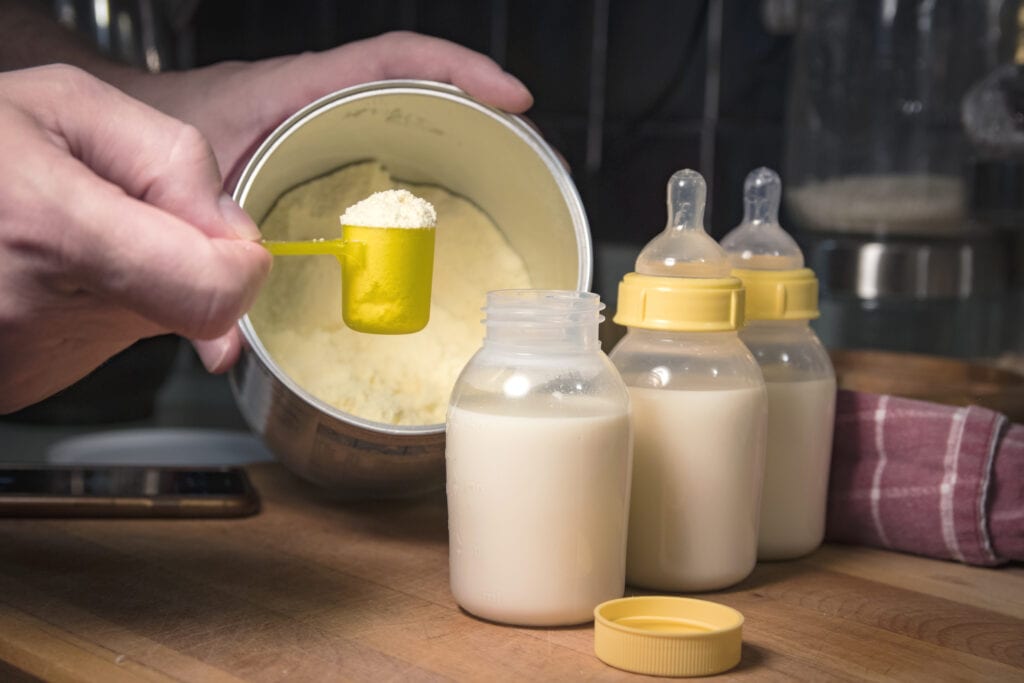
This revelation has set off alarms in the scientific community.
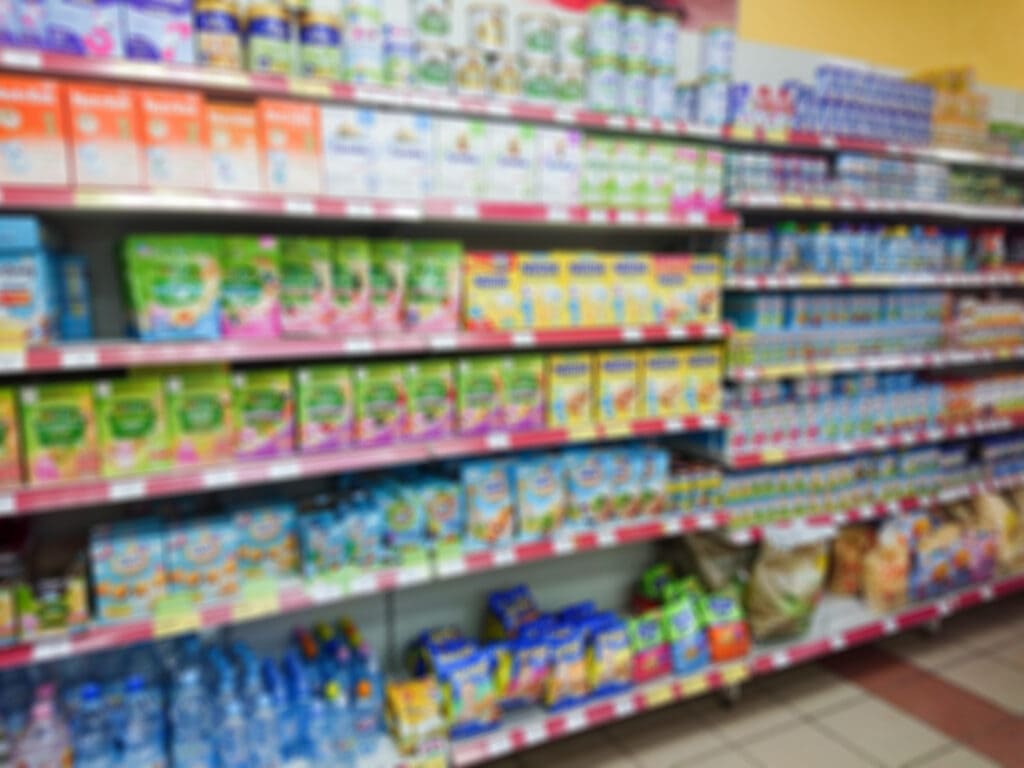
Researchers are diving into this mystery with infectious enthusiasm.
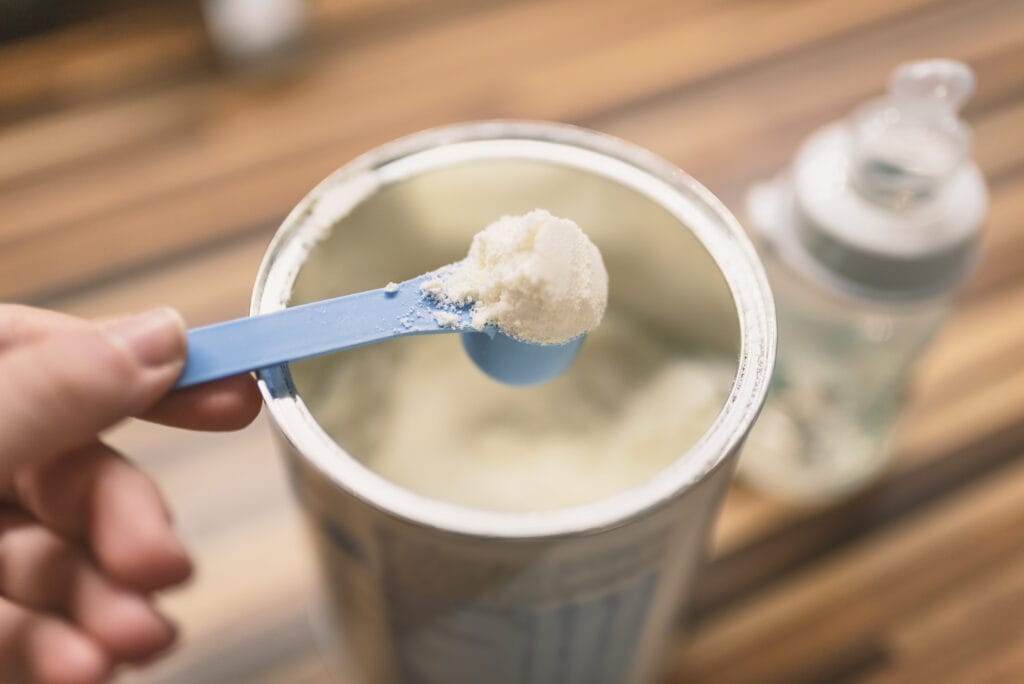
Is it during manufacturing? Or perhaps during packaging? The answers to these questions hold the key to ensuring the safety of our baby’s food.
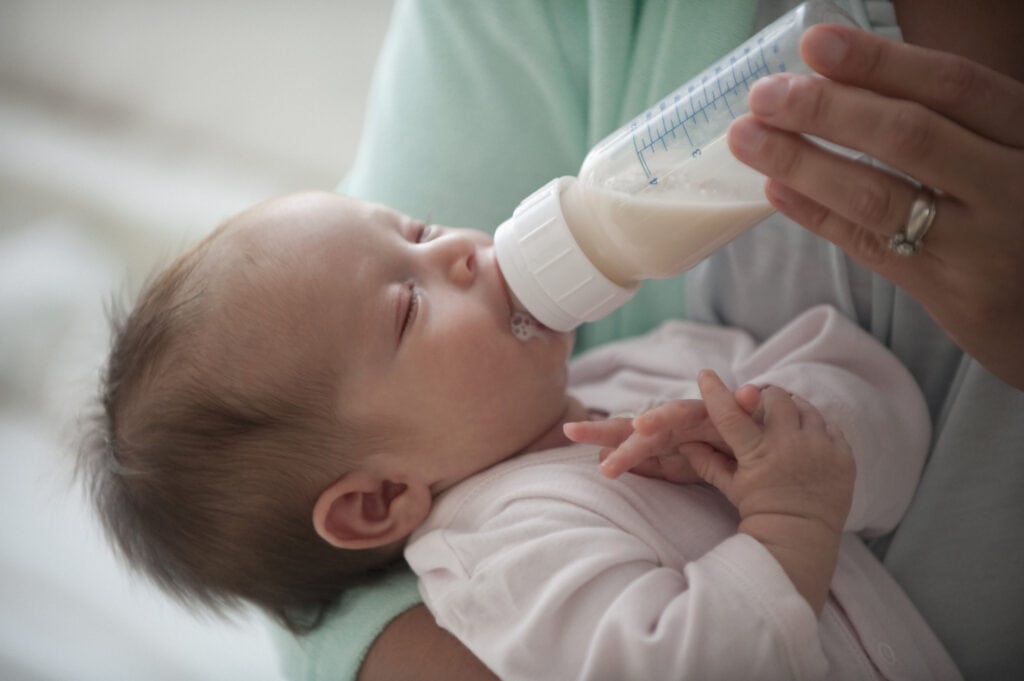
Meanwhile, the brave fighters in Missouri and Kentucky are said to have experienced serious symptoms from their powdered milk.
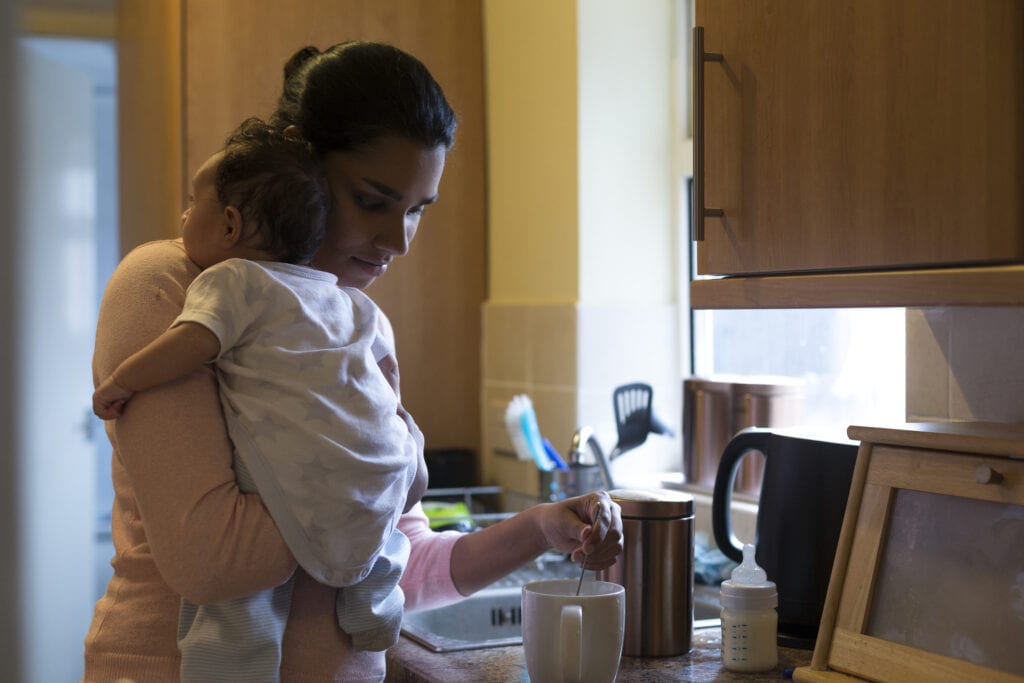
The Kentucky child reportedly died, while Mira White has been left with brain damage.
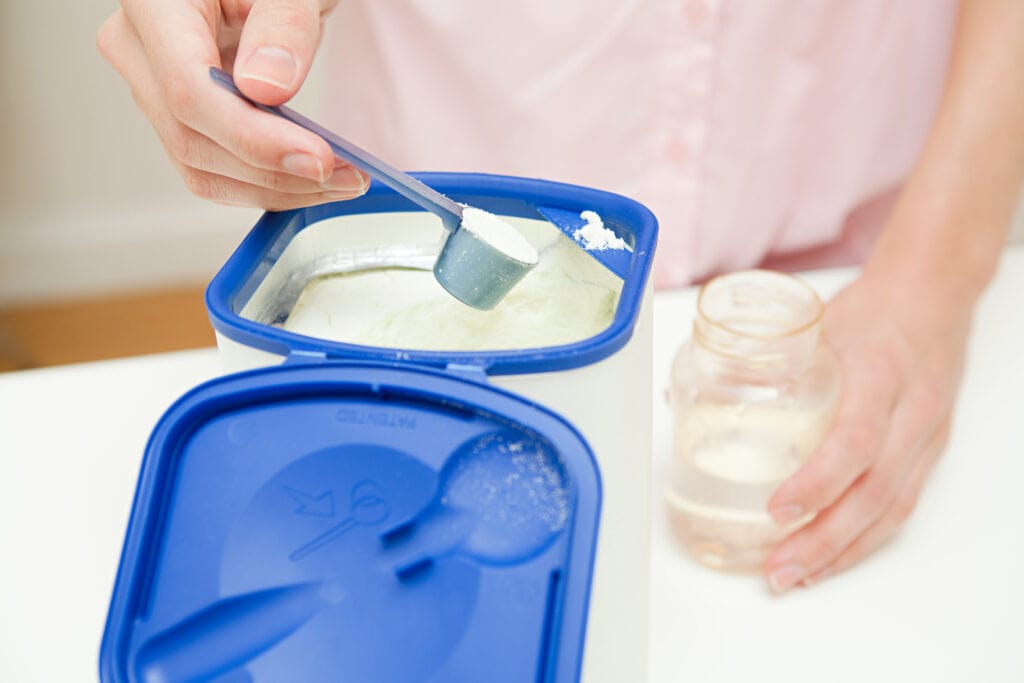
“There is no indication of a broader public health concern related to this product at this time,” the FDA said in a statement amid growing concerns from parents.
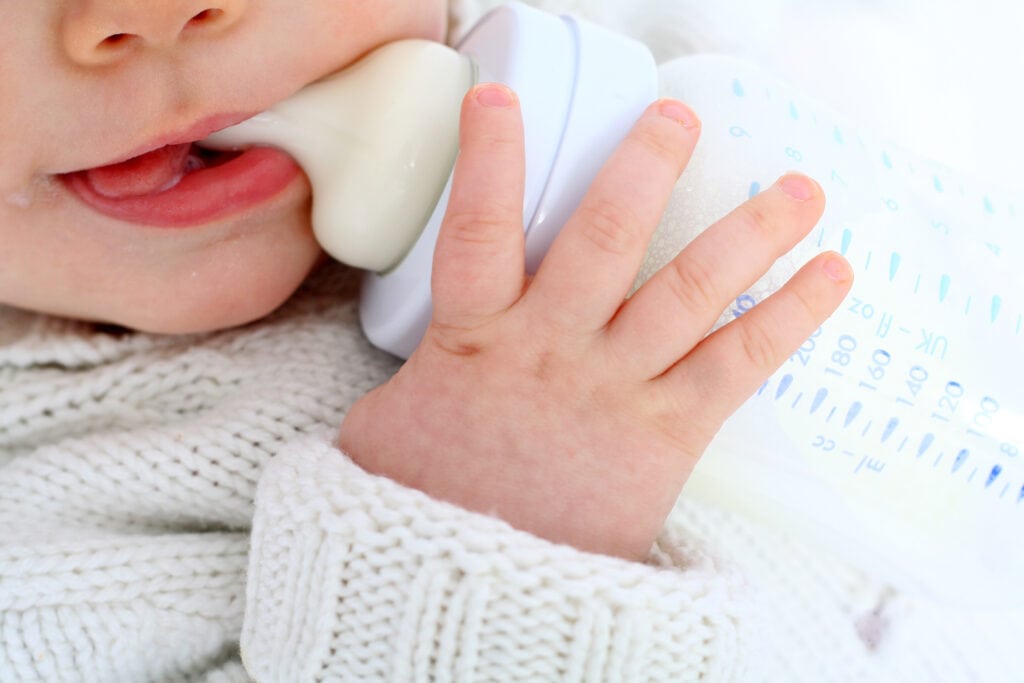
Doctors, equipped with modern medicine and technology, are leaving no stone unturned in their battle against this bacterial adversary.
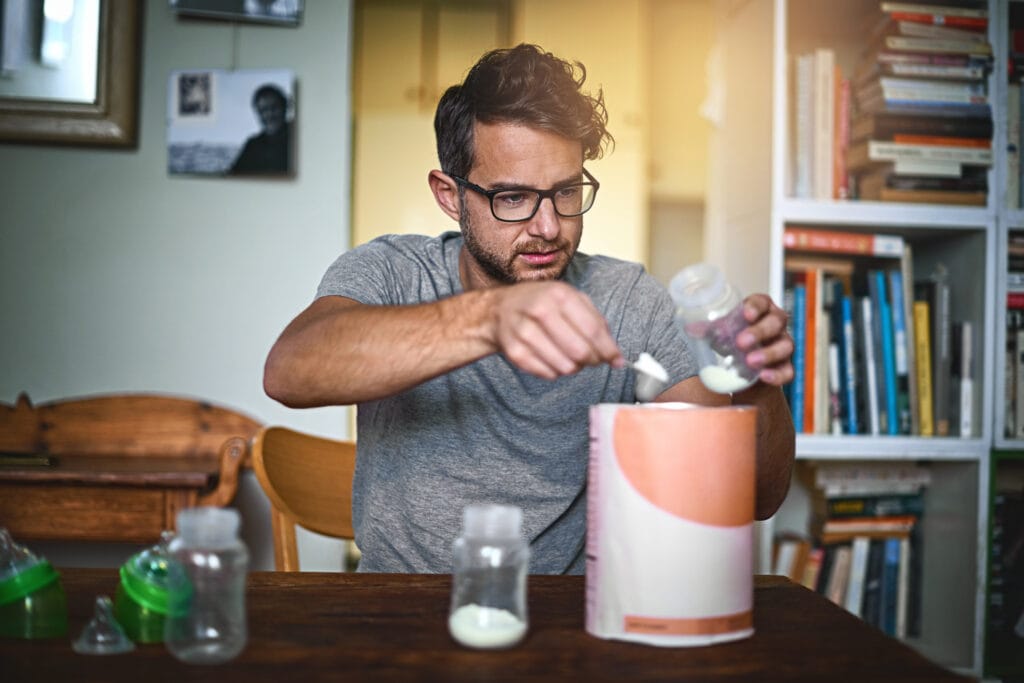
This discovery has jolted us all into action. Manufacturers are now more cautious than ever, parents are vigilant, and researchers are working around the clock to ensure such an incident doesn’t repeat itself.
